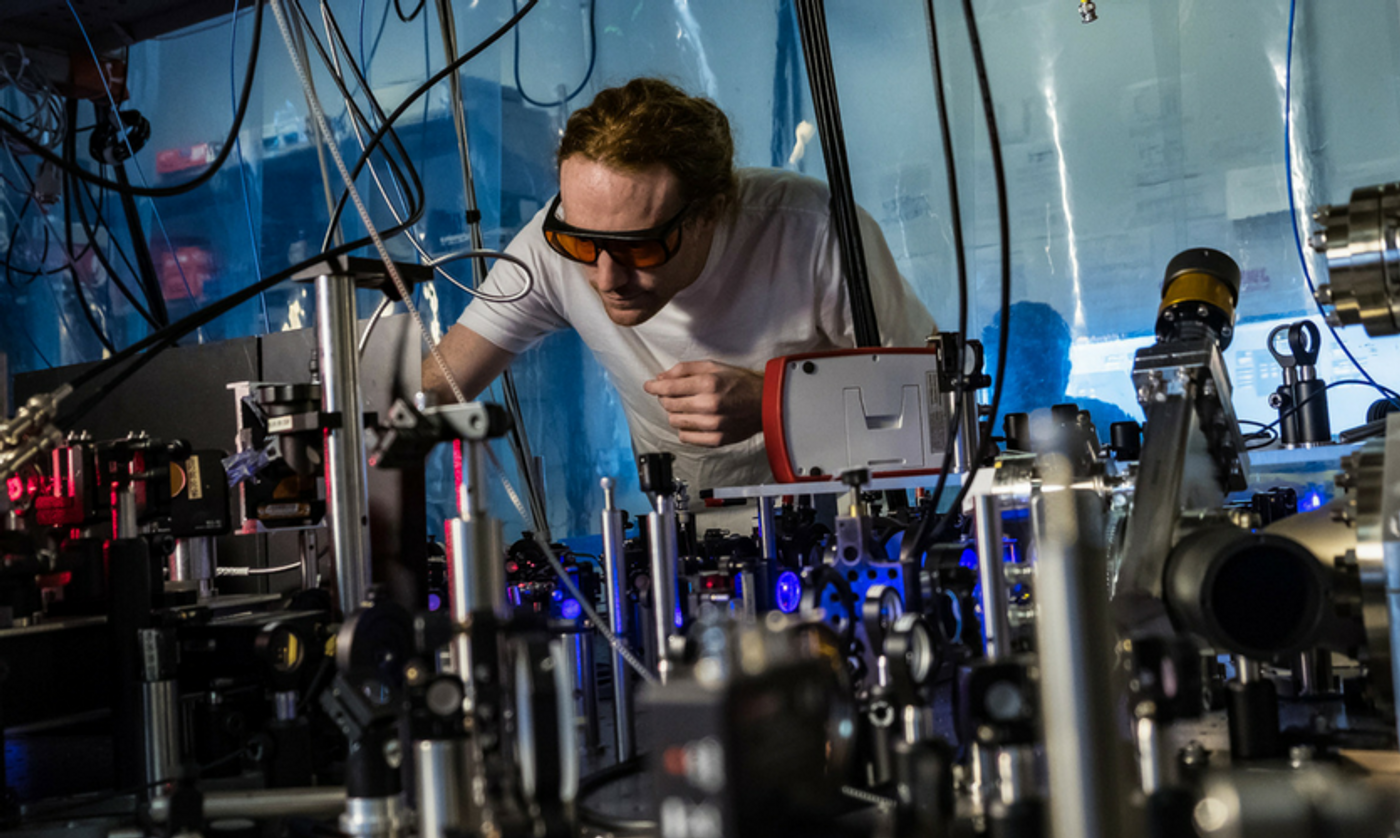Super-sized Molecule Made Out of Extremely Cold Atoms
If ordinary atoms can be described as individuals living in their own apartments of well-defined dimensions, then Rydberg polarons, a bizarre collection of atoms, would be the result after a single tenant knocks down adjacent walls and builds a large communal living space.
That was what a team of U.S. and Austrian scientists has managed to create, according to a recent report in the journal Physical Review A. The material they used to make Rydberg polarons was a diluted, gas-like cloud of strontium atoms. Using a powerful laser-cooling system, researchers confined the movement of the atoms and lowered their temperature to about a millionth of a degree above absolute zero—even much colder than the outer space.
Laser cooling is a technique commonly used by scientists to cool atomic and molecular samples down to near absolute zero. The principle is to slow heat-based velocity in atoms using laser beams as radiative forces.
The extremely low temperature changes physical properties of matter, rendering microscopic quantum phenomena become apparent. Under this kind of extreme condition, a diluted gas of atoms can be turned a new state of matter called Bose-Einstein condensates (BECs). Phenomenon such as superconductivity and superfluidity have been observed in many landmark experiments with this exotic state of matter.
Then the physicists used another laser to excite a single atom within the extremely cold strontium gas into a high-energy state, causing an electron to roam outside its usual orbit far from the nucleus. In this case, the distance between the electron and its nucleus can be as large as several hundred nanometers (1000 times the radius of a hydrogen atom), covering the space of other atoms around it and forming this "molecule".
To summarize their findings, Tom Killian, the lead scientist in the study said: "I am amazed that we've discovered a new way that atoms assemble. It shows how rich the laws of physics and chemistry can be."
He also suggested that their discovery would provide new intriguing inspiration to experts in related fields, such as theoretical chemists, condensed matter physicists, atomic physicists and physicists who are studying Rydberg atoms for potential use in quantum computers.
Source: Rice University via Youtube









